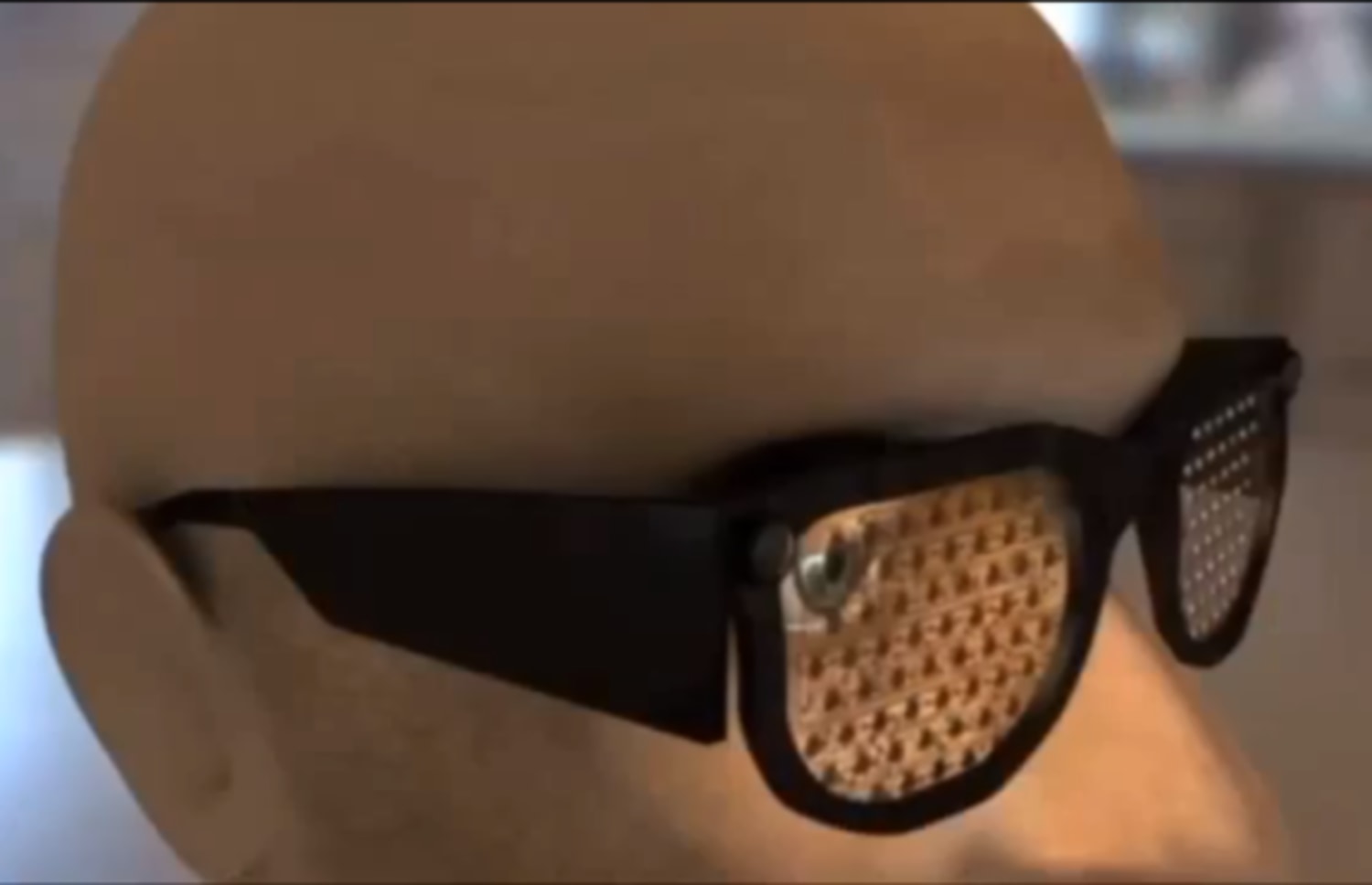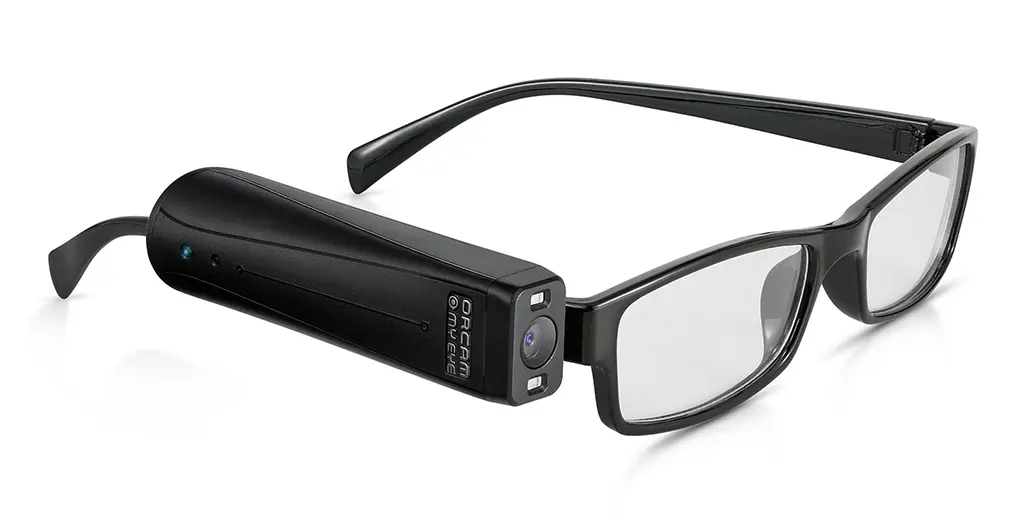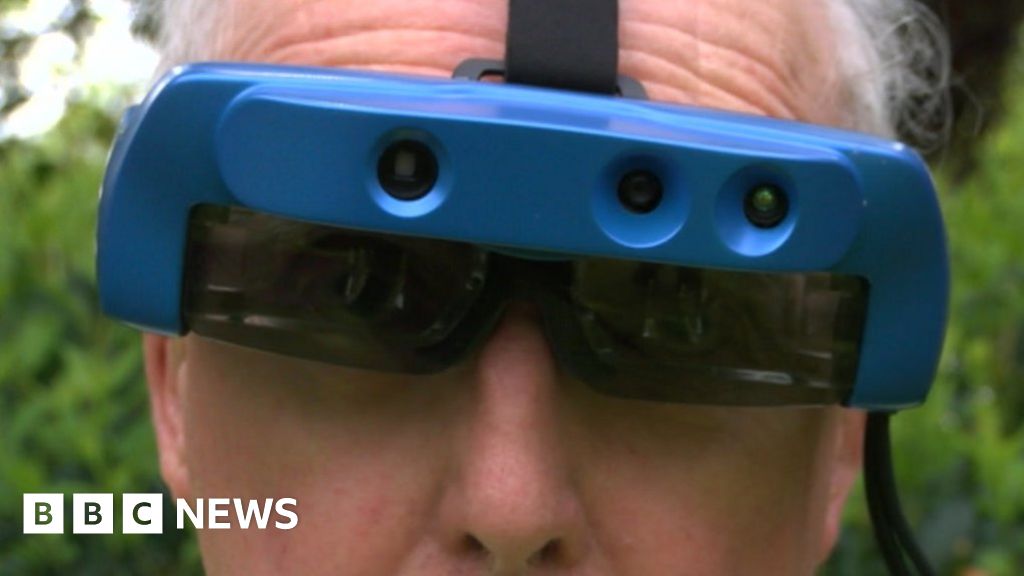Maximizing Efficiency with Screen Readers for the Blind: A Comprehensive Guide
Maximizing Efficiency with Screen Readers for the Blind: A Comprehensive Guide
Blog Article
Enhancing Access Via Assistive Modern Technology for the Blind
The integration of assistive modern technology for the blind represents a critical advancement in access, fundamentally changing how individuals browse their environments and involve with society. From display viewers to ingenious wise canes, these devices not only enhance independence but also advertise inclusivity in different spheres of life. As we discover the diverse sorts of assistive gadgets and their substantial influence on daily living, it comes to be vital to examine exactly how ongoing technological innovations are improving the landscape of support for the blind community. What implications do these developments hold for the future of access?
Review of Assistive Technology
Assistive modern technology describes a variety of tools and software designed to boost the capacities of people with disabilities, consisting of those who are blind or visually damaged. This technology plays an essential function in promoting self-reliance and enhancing the lifestyle for customers. By offering alternative techniques for accessing info and executing daily jobs, assistive modern technology empowers individuals to browse their atmospheres much more efficiently.
The growth and execution of assistive modern technology accept a range of principles targeted at cultivating accessibility. These principles consist of user-centered layout, which focuses on the requirements and preferences of the individual, and the integration of technology right into daily activities. Such advancements ensure that assistive tools are not just useful but likewise user-friendly and very easy to make use of.
In addition, assistive modern technology incorporates a diverse spectrum of services, from low-tech alternatives like magnifiers to state-of-the-art innovations such as display viewers and Braille displays. The recurring evolution of this field is driven by the requirement to resolve the unique challenges encountered by individuals with visual disabilities (Wearable technology for low vision). As innovation remains to advancement, the possibility for improving accessibility and promoting inclusivity remains appealing, ultimately adding to a more fair culture

Kinds of Assistive Instruments
Various kinds of assistive devices are available to sustain people who are blind or visually impaired, each designed to resolve certain requirements and obstacles. These tools can be extensively classified right into three major kinds: low-tech, mid-tech, and modern services.
Low-tech gadgets include products such as magnifiers, Braille tags, and tactile maps. These are fairly basic tools that boost the customer's ability to interact with their atmosphere without needing intricate technology.
Mid-tech tools typically involve advanced features, such as electronic magnifiers and mobile Braille note-takers. These tools can supply functionalities like speech output, allowing users to access information more efficiently.

Impact on Daily Living
The schedule of various assistive gadgets dramatically improves the lifestyle for people who are blind or aesthetically damaged, impacting their daily living in extensive methods. By incorporating innovations such as display viewers, Braille shows, and audio summary services right into go to website their routines, users obtain greater freedom and independence. These tools help with access to information, making it possible for people to do daily jobs, such as reading emails, navigating public areas, and delighting in media content.
In addition, assistive gadgets empower individuals to involve more totally in social interactions and community tasks. The ability to make use of smartphones outfitted with accessibility attributes permits seamless communication and connection with others. This connectivity click here to read promotes a feeling of belonging and decreases feelings of isolation.
In expert setups, assistive innovation sustains efficiency by permitting individuals to total work jobs effectively. Tools like voice acknowledgment software program and specialized magnification devices allow individuals to take part in the labor force on equal footing with their sighted peers.

Advancements in Technology
Current technological developments have actually considerably changed the landscape of devices available for people who are blind or visually damaged. The combination of expert system (AI) and maker understanding has actually offered surge to applications that boost navigating and things recognition. As an example, mobile phone applications can now make use of AI to recognize and describe surroundings in real-time, giving customers with valuable contextual information.
Additionally, innovations in haptic modern technology have actually resulted in the growth of wise walking sticks outfitted with sensing units that detect challenges and offer responsive responses. This encourages individuals to browse their atmosphere with increased confidence and self-reliance. Innovations in text-to-speech software application and braille screens have actually boosted the accessibility of electronic material, allowing for smooth communication with various media.
Wearable modern technologies, such as smart glasses, are also making strides in helping visual disability. These gadgets can give increased reality experiences, overlaying essential info onto the individual's field of vision. Collectively, these developments not only improve the top quality why not check here of life for people that are blind but likewise advertise better incorporation in society. As innovation continues to develop, the capacity for a lot more transformative tools continues to be coming up.
Future Trends and Innovations
As modern technology swiftly advances, the future of assistive tools for people who are blind holds enormous guarantee. Developments in expert system (AI) and artificial intelligence are positioned to change the way blind customers communicate with their atmospheres. AI-driven applications are being created to enhance item acknowledgment, allowing customers to identify and navigate their surroundings with higher simplicity and precision.
In addition, improvements in haptic comments innovation are allowing the creation of responsive maps and navigation help that give real-time information with touch. These advancements not only improve movement yet likewise foster freedom. In addition, wearable tools geared up with augmented reality (AR) features are emerging, supplying customers aesthetic information via sound descriptions, thereby connecting the gap between the physical and electronic worlds.
Furthermore, the assimilation of wise home innovation provides brand-new opportunities for accessibility, permitting individuals to control their living environments with voice commands or mobile phone applications. As partnership between technology designers and the blind neighborhood continues, the emphasis on user-centered layout will certainly make sure that future technologies are tailored to fulfill the unique requirements of this populace (Wearable technology for low vision). The trajectory of assistive technology promises a more inclusive and empowering future for people who are blind
Final Thought
In final thought, assistive technology plays an important duty in enhancing ease of access for individuals with aesthetic problems. Continual improvements in modern technology and user-centered layout guarantee that these tools provide efficiently to the distinct demands of the blind neighborhood.
The assimilation of assistive modern technology for the blind represents an essential development in accessibility, basically changing exactly how individuals navigate their settings and involve with society.Assistive innovation refers to a range of devices and software program developed to improve the capabilities of individuals with handicaps, including those that are blind or aesthetically impaired. Wearable technology for low vision.As technology quickly advances, the future of assistive devices for individuals who are blind holds immense promise. The trajectory of assistive technology guarantees a much more inclusive and empowering future for individuals that are blind
In final thought, assistive technology plays a critical role in enhancing ease of access for individuals with aesthetic disabilities.
Report this page